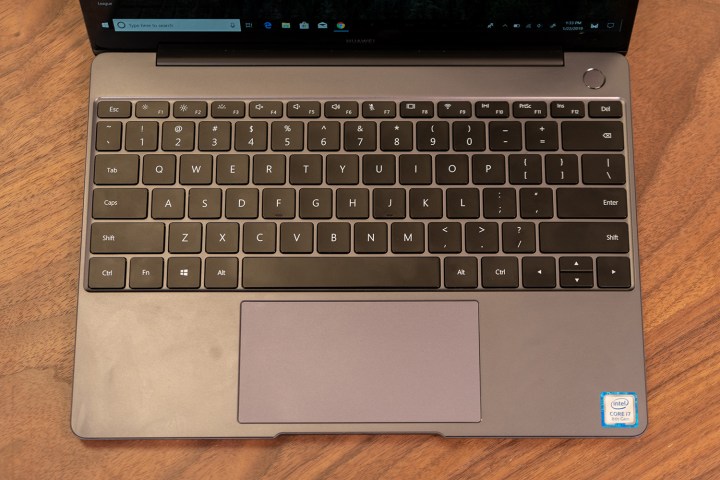
Huawei has filed a lawsuit against the U.S. government, claiming that its efforts to block the Chinese company from selling telecom equipment to federal agencies and other parties is unconstitutional. Huawei made the announcement at a press conference in Shenzhen, and executives read their prepared statements off of Huawei’s Mate X foldable smartphone.
The lawsuit was filed in Plano, Texas, where Huawei’s U.S. headquarters is based. The U.S. government has alleged for some time that the Chinese government could use Huawei’s telecommunications equipment to spy on U.S. networks, which is why it has gone so far as to persuade other governments to ban Huawei products. It has even disrupted a potential deal between Huawei and AT&T in 2018, where the carrier would sell the Chinese company’s smartphones. Huawei has repeatedly denied these allegations, and an executive at the press conference said the company “has not and will never implant any backdoors.”
Huawei’s biggest complaint is that the U.S. government has “never provided any evidence that Huawei poses a cyber security threat.” The company said it was left with no choice but to issue the lawsuit, which focuses on a provision in the National Defense Authorization Act. The provision specifically bans government agencies from purchasing telecommunications equipment from not just Huawei, but also ZTE. If you recall, ZTE was banned from the U.S. for most of 2018, but the ban has since lifted and it’s able to work with U.S. suppliers again.
The U.S. Justice Department recently accused Huawei of stealing trade secrets, and also accused the company of doing business with Iran despite U.S. sanctions. These charges were made in an effort to extradite Meng Wanzhou, Huawei’s chief financial officer, who was arrested and detained in Canada back in December. A hearing is set to take place on May 8 to determine whether Wanzhou will face charges in the U.S.
Huawei has slowly been trying to repair its image in the U.S. — it placed full-page ads in the Wall Street Journal last week titled, “Don’t believe everything you hear.”
“I am writing to you in the hopes that we can come to understand each other better,” Catherine Chen. director of the board at Huawei, wrote in the open letter. “In recent years, the US government has developed some misunderstandings about us. We would like to draw your attention to the facts.”
The letter goes on to mention the 170 countries and regions Huawei operates in, the company’s history, and the types of services it provides. Huawei is ramping up its deployment of its 5G telecommunication equipment, and one of its complaints is its inability to provide its products, including 5G, to U.S. consumers.
“This ban not only is unlawful, but also restricts Huawei from engaging in fair competition, ultimately harming U.S. consumers,” Guo Ping, Huawei rotating chairman, said in a press release. “We look forward to the court’s verdict, and trust that it will benefit both Huawei and the American people.”
Editors' Recommendations
- The U.S. government’s USB-C demands are too little, too late
- Huawei’s new plan may help it circumvent U.S. sanctions
- The Samsung Galaxy Tab S7 FE 5G gets a U.S launch. Can it compete with the iPad?
- Expired temporary license for Huawei in U.S. endangers Google, Android support
- Huawei P40 Pro Plus vs. Samsung Galaxy S20 Ultra: Uber-flagship throwdown


